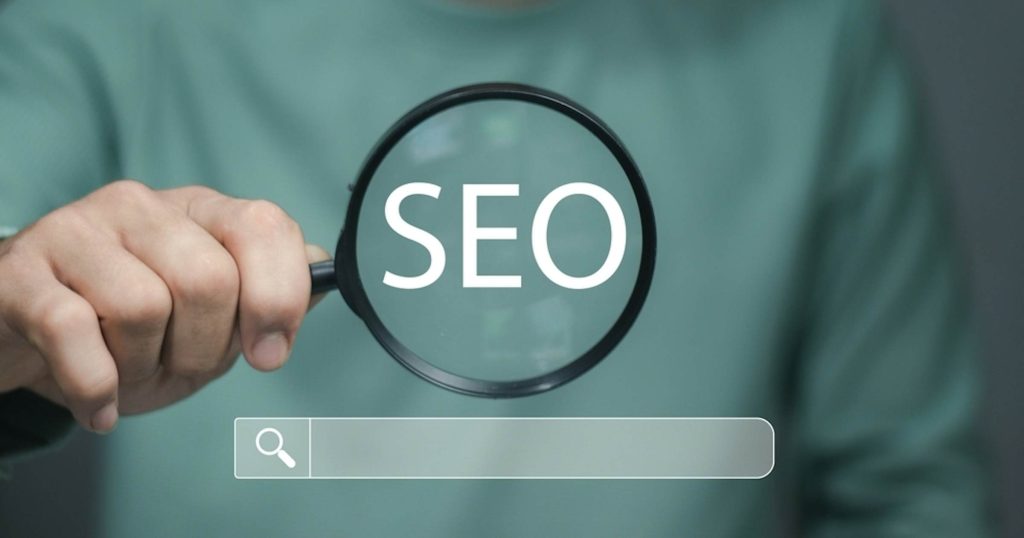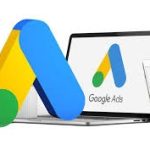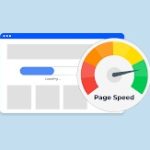Imagine a skyscraper. To make it stand tall and attract visitors, you need two things: impeccable design inside and a strong reputation outside. In the world of Search Engine Optimization (SEO), these two requirements translate directly into On-Page SEO and Off-Page SEO. You can have the most beautiful webpage with perfect content, but if the search engine doesn’t trust your domain authority, you won’t rank. Conversely, you can’t rely solely on external validation if your site is slow and difficult to navigate. For limo industry professionals seeking dominance in the USA & Canada, understanding the synergy between these two pillars is the bedrock of a successful Digital Marketing strategy.
The Inner Game: Mastering On-Page SEO
On-page SEO refers to all the actions taken directly within your website to improve its position in the search engine rankings. These are the elements you have 100% control over, and they are critical for signaling relevance, content quality, and exceptional user experience to Google and other engines.
1. Keyword Optimization and Content Quality
The cornerstone of On-page SEO is ensuring your content precisely matches search intent.
- Targeted Content Creation: Every webpage should address a specific set of search queries and deliver content that completely answers the user’s question. If a client searches for “airport transfer limousine Vancouver,” your product page must focus explicitly on that service.
- Essential HTML Tags: The small details in the HTML are vital for search engine crawlability.
- Page Title (Meta Titles): This is the single most important on-page element. It must be unique, compelling, and include your primary keywords near the beginning. This directly affects your search engine rankings.
- Meta Description (Metadata): While not a direct ranking factor, a well-written meta description significantly improves your click-through rate (CTR) in the search engine results. It acts as your tiny piece of ad copy.
- H1 Tag: Use a single H1 tag per webpage as the main heading, clearly stating the topic. Use subsequent H2/H3 tags to provide structure to the content.
- Readability and E-E-A-T: Google now heavily evaluates content quality based on E-E-A-T (Experience, Expertise, Authoritativeness, and Trustworthiness). Ensure your content is easy to read, professionally written, and demonstrates genuine industry expertise.
Therefore, meticulous keyword research using tools like Google Keyword Planner or Ahrefs must precede any content creation.

2. Technical On-Page Elements
Beyond the written content, the On-page SEO elements, along with technical SEO settings and site structure, guide search engine crawlers on how to process and understand your webpage.
- URL Structure and Slugs: Your URL structure should be clean, short, and include your primary keywords. A clean slug (the last part of the URL) makes your page instantly relevant to the search engine.
- Image Optimization: Every image used on your site should include descriptive alt text. This helps search engines understand the multimedia on your page and improves accessibility.
- Internal Linking Structure: A strong network of internal links (or internal linking structure) connects related content within your website. This helps Google discover new pages, boosts crawlability, and passes authority between your webpages.
- Schema Markup (Structured Data): Implementing schema markup (such as for local business details, customer reviews, or products) helps Google display your content as rich results or featured snippets in the search engine results, dramatically increasing website visibility and CTR.
The External Validation: Off-Page SEO
Off-page SEO refers to actions taken outside your website to establish its authority, relevance, and trustworthiness. While you can’t directly control these factors, you can certainly influence them through strategic link building and SEO marketing.
3. The Power of Backlinks (Link Building)
Backlinks (external links) are the core of off-page SEO. They act as “votes” of confidence from other reputable websites to yours.
- Quality Over Quantity: Not all links are equal. A Backlink from an authoritative website (like a major travel blog, a wedding planner site, or a local news resource) is infinitely more valuable than dozens of links from low-quality, spammy sites. Google prioritizes domain authority above all else.
- Backlink Profiles: Routinely audit your own backlink profiles and those of your competitors using tools like Ahrefs or Ubersuggest. Disavow or clean up any toxic links that could damage your SEO performance.
- Content Marketing: The best way to earn Backlinks is by creating truly exceptional, valuable content that people naturally want to reference. This could be local industry reports, detailed city guides, or definitive checklists.
Therefore, your content strategy should always aim to produce link-worthy content that drives external validation.
4. Reputation and Social Signals

While social signals (shares, likes, mentions on social media) are not direct ranking factors for Google, they complement On-page SEO efforts by enhancing overall brand visibility and building trust.
- Brand Mentions: Unlinked brand mentions on high-traffic sites and publications still matter. They signal to Google that your brand is relevant and active within the industry.
- Google Business Profile Optimization: Maintaining an active, highly-rated Google Business Profile is a massive off-page signal for local search. High customer reviews and engagement improve your map and local search engine rankings.
Technical Bridge: Where On-Page Meets Off-Page
Some critical areas sit at the intersection of both disciplines, requiring both internal configuration and external optimization.
5. Website Performance and User Metrics
Google views Page Speed and the quality of the customer experience as crucial ranking factors, and optimizing these elements is a key part of On-page SEO, as they directly affect how users interact with your website.
- Core Web Vitals (CWV): These three metrics measure user experience based on loading speed, interactivity, and visual stability. Using tools like PageSpeed Insights, you must ensure your webpage scores well.
- Mobile-First Indexing: Since Google primarily uses the mobile version of your website for ranking, ensuring seamless Mobile Usability is non-negotiable. Your website must be fast and responsive on every mobile device.
- User Engagement Metrics: Google observes metrics like dwell time (how long a user stays on your page) and bounce rate (how many leave immediately). A high content quality and clear call-to-action will keep the user engaged.
In contrast, even the highest domain authority won’t help if your website is too slow to load, as users will simply leave.
6. Crawlability and Indexing
Finally, you need to ensure search engine crawlers can easily find and understand every page on your site.
- XML Sitemap: This file lists all the pages and content you want Google to index. Submitting a clean XML sitemap via Google Search Console ensures comprehensive crawlability.
- Canonical URLs (Canonical Tag): If you have very similar content on different pages (e.g., product pages for limousine models), the Canonical Tag tells Google which page is the master version, preventing issues caused by mild duplicate content.
- Google Search Console:This tool is your direct communication line with Google. It reports On-page SEO errors, keyword rankings, and crawlability issues, making it an essential part of any SEO checklist.

Why Choose LinkLumin
LinkLumin delivers exceptional custom Digital Marketing solutions, specializing in the complex SEO needs of the limo industry across the USA & Canada. We don’t just provide On-page SEO; we integrate sophisticated link building strategies and technical site audit expertise to boost your domain authority. We ensure your content is optimized for search intent while managing the technical complexities that guarantee top search engine rankings.
Conclusion
Achieving high website visibility and sustained search engine rankings requires a disciplined, integrated SEO approach. On-page SEO provides the foundation of relevance and user experience, while off-page SEO builds the essential trust and domain authority needed to secure top spots on Google. By meticulously optimizing both the internal structure and external backlink profiles of your website, your limo business will efficiently convert search queries into high-value customers.
Call to Action Ready to implement a holistic SEO plan that delivers real sales? Contact LinkLumin today for a comprehensive audit of your on-page and off-page SEO performance!
Tags




